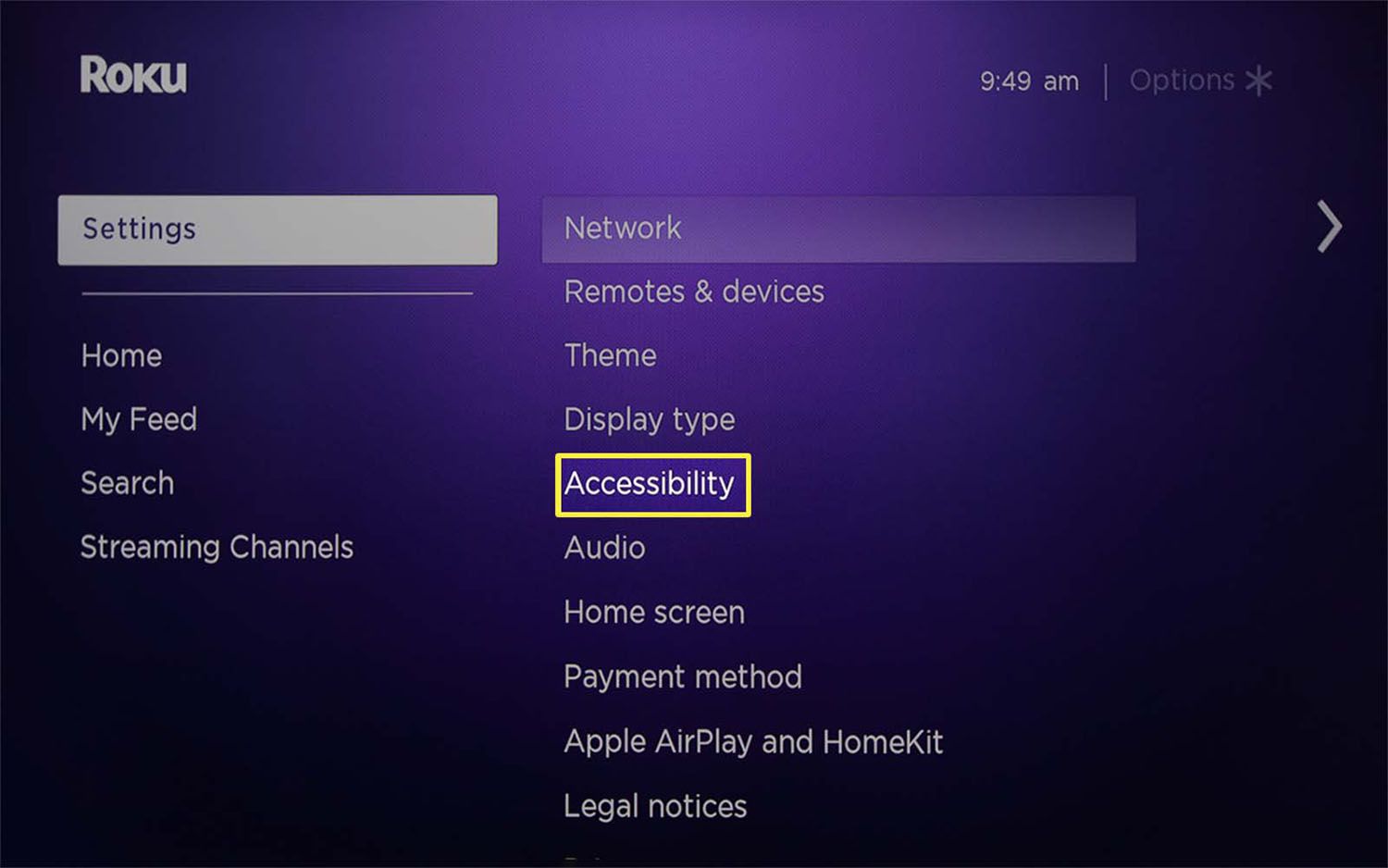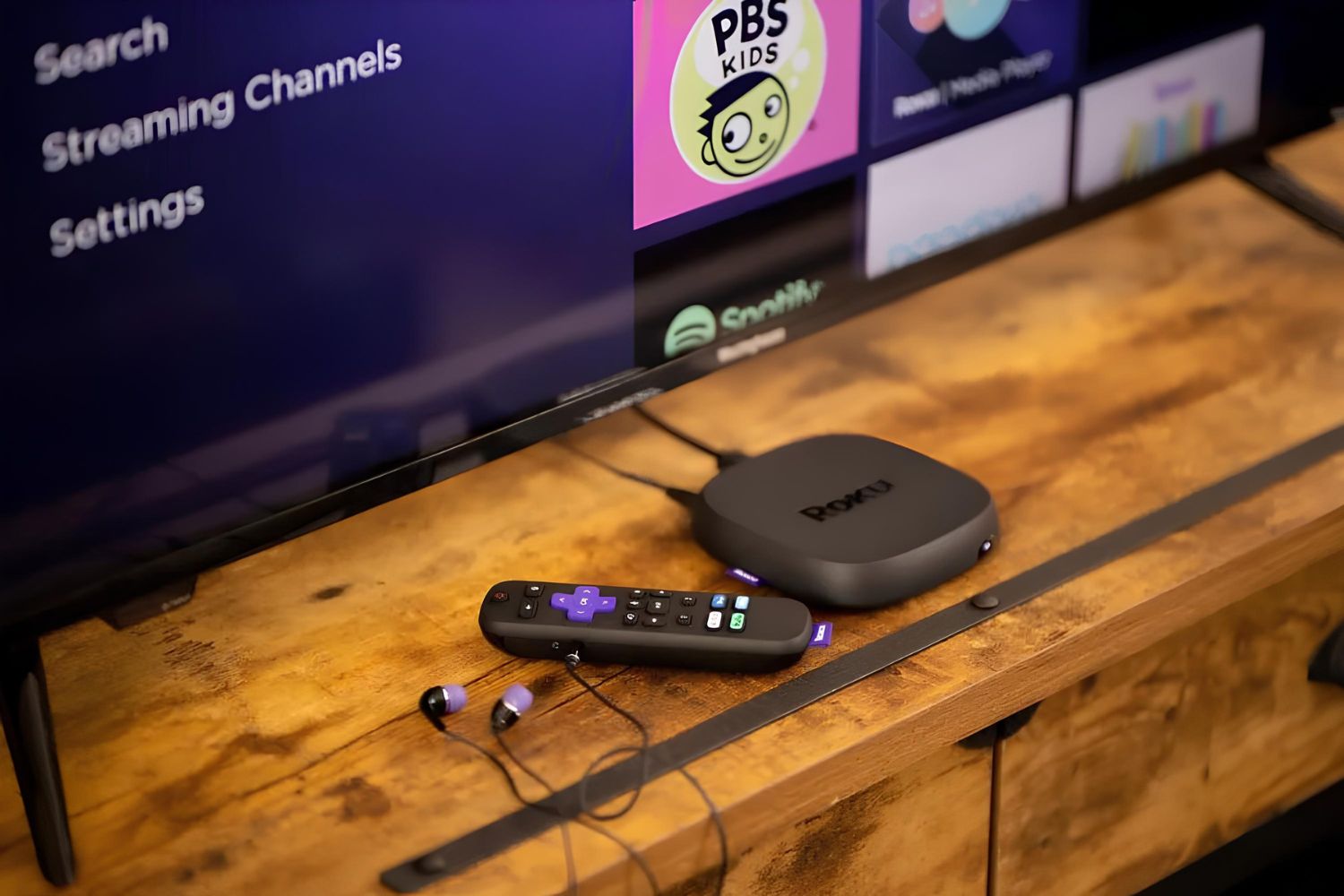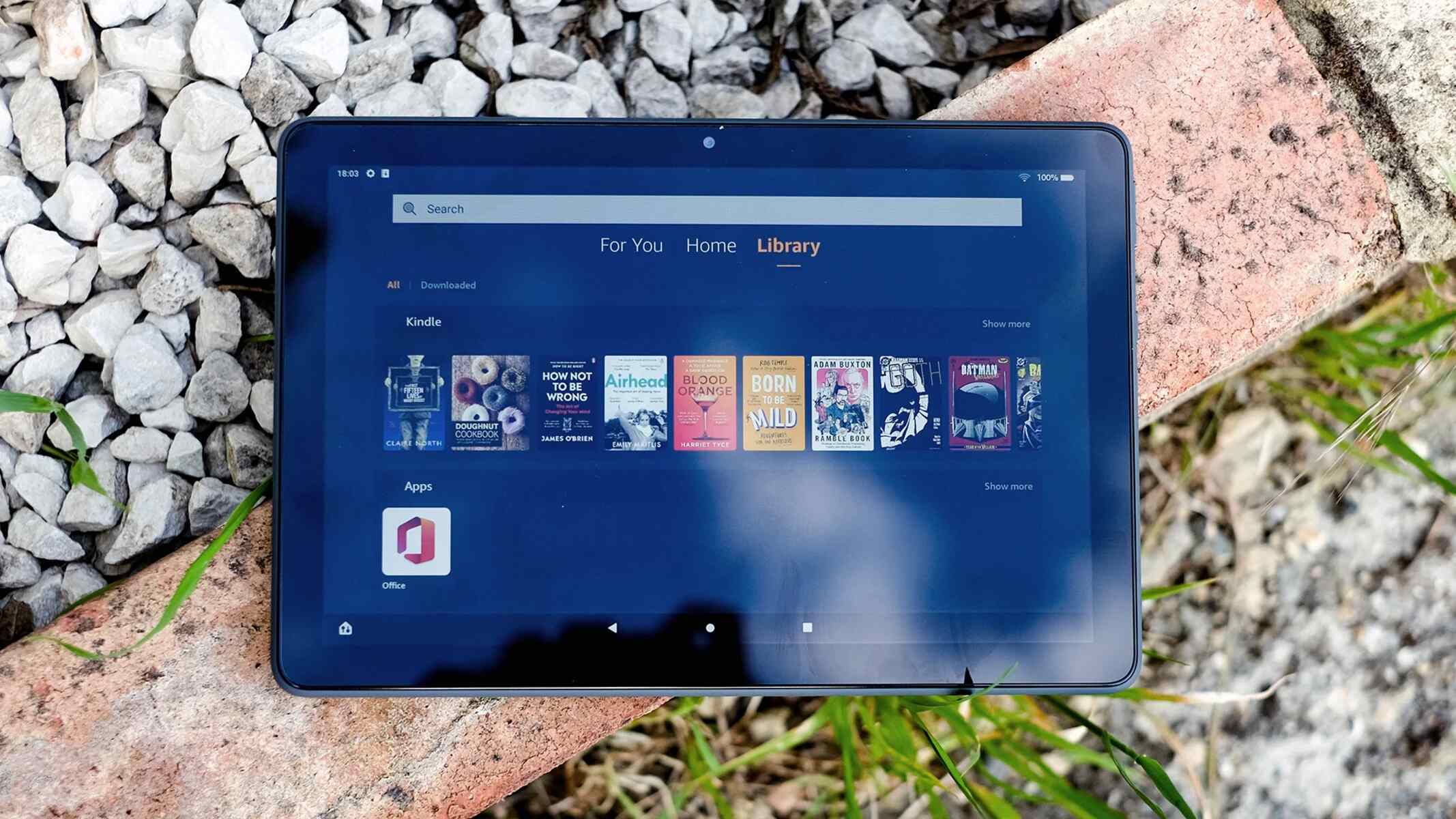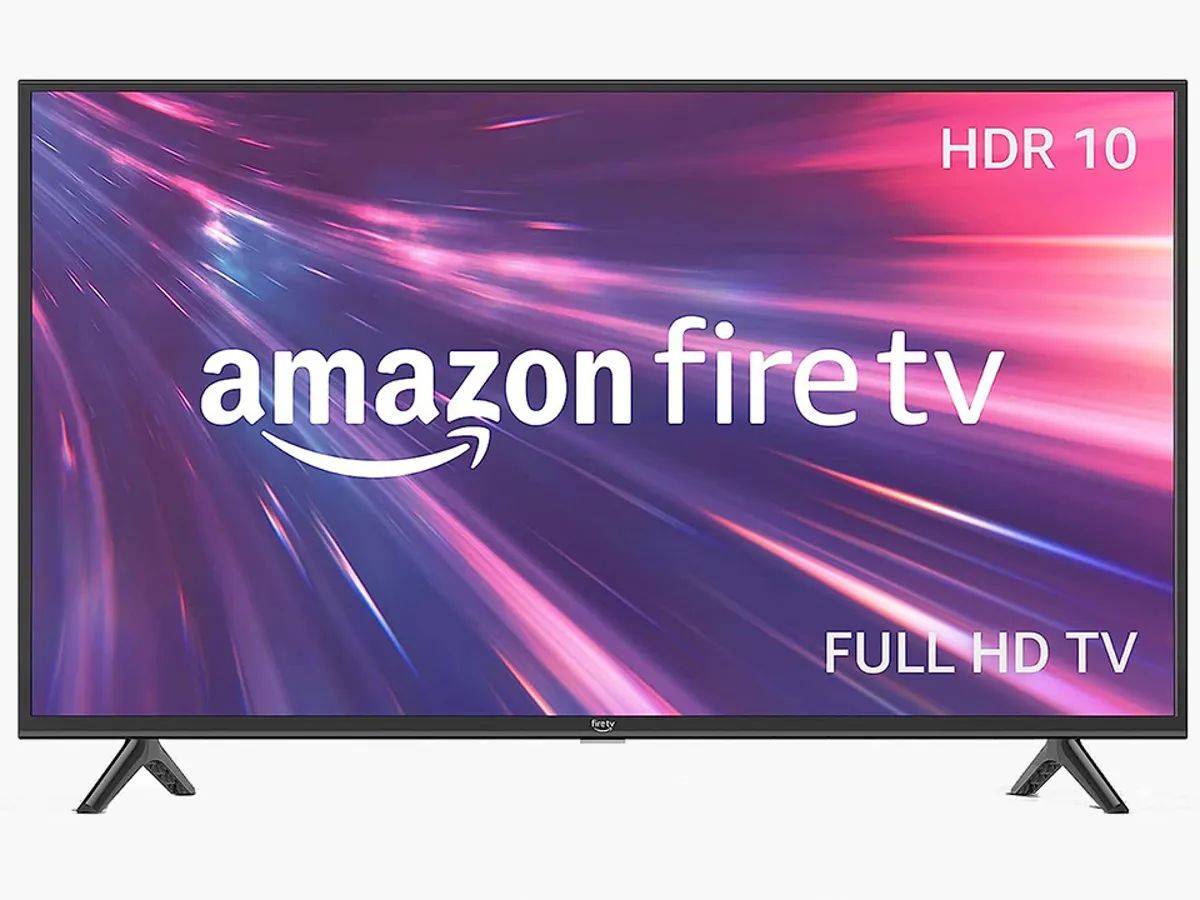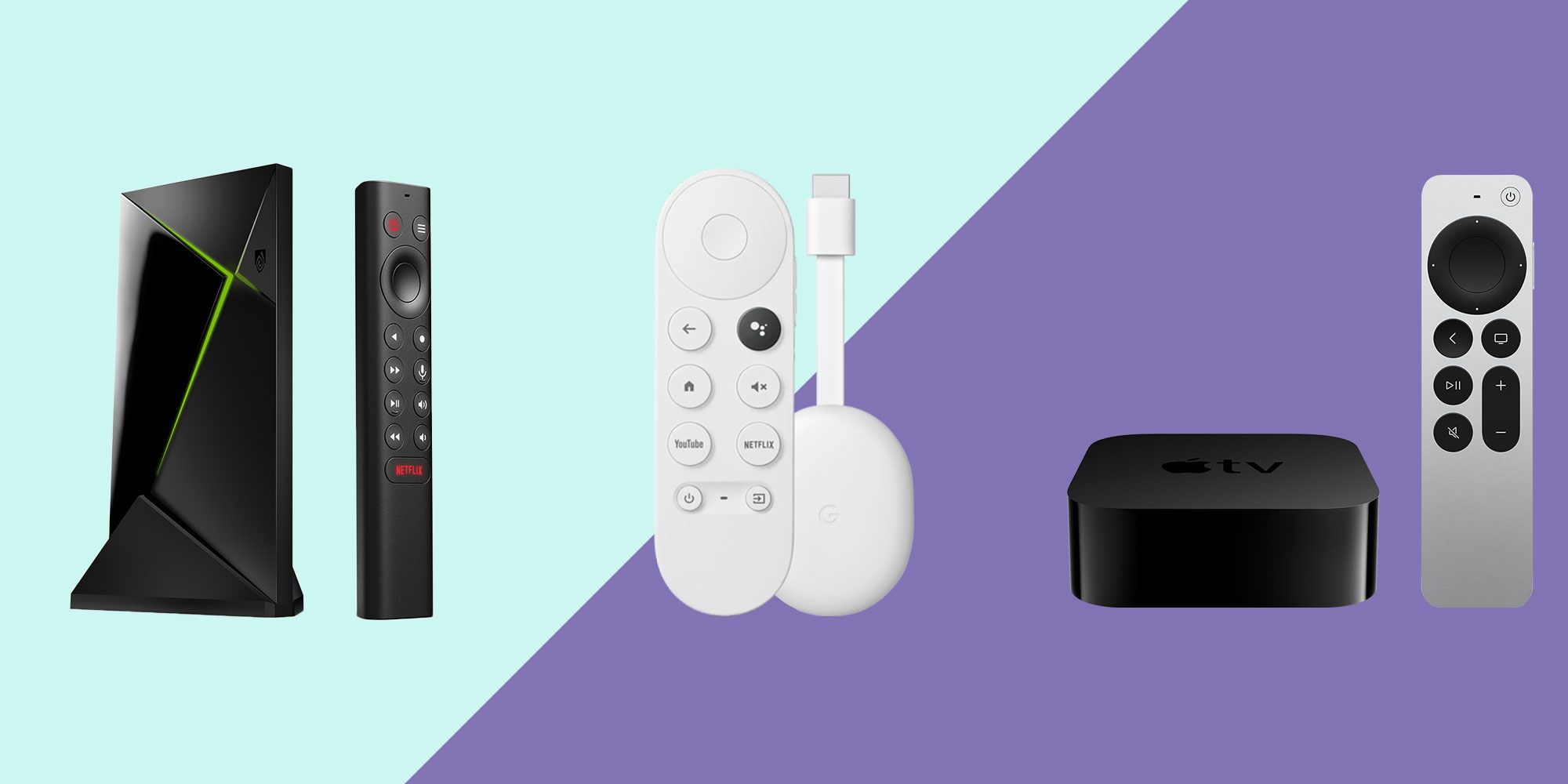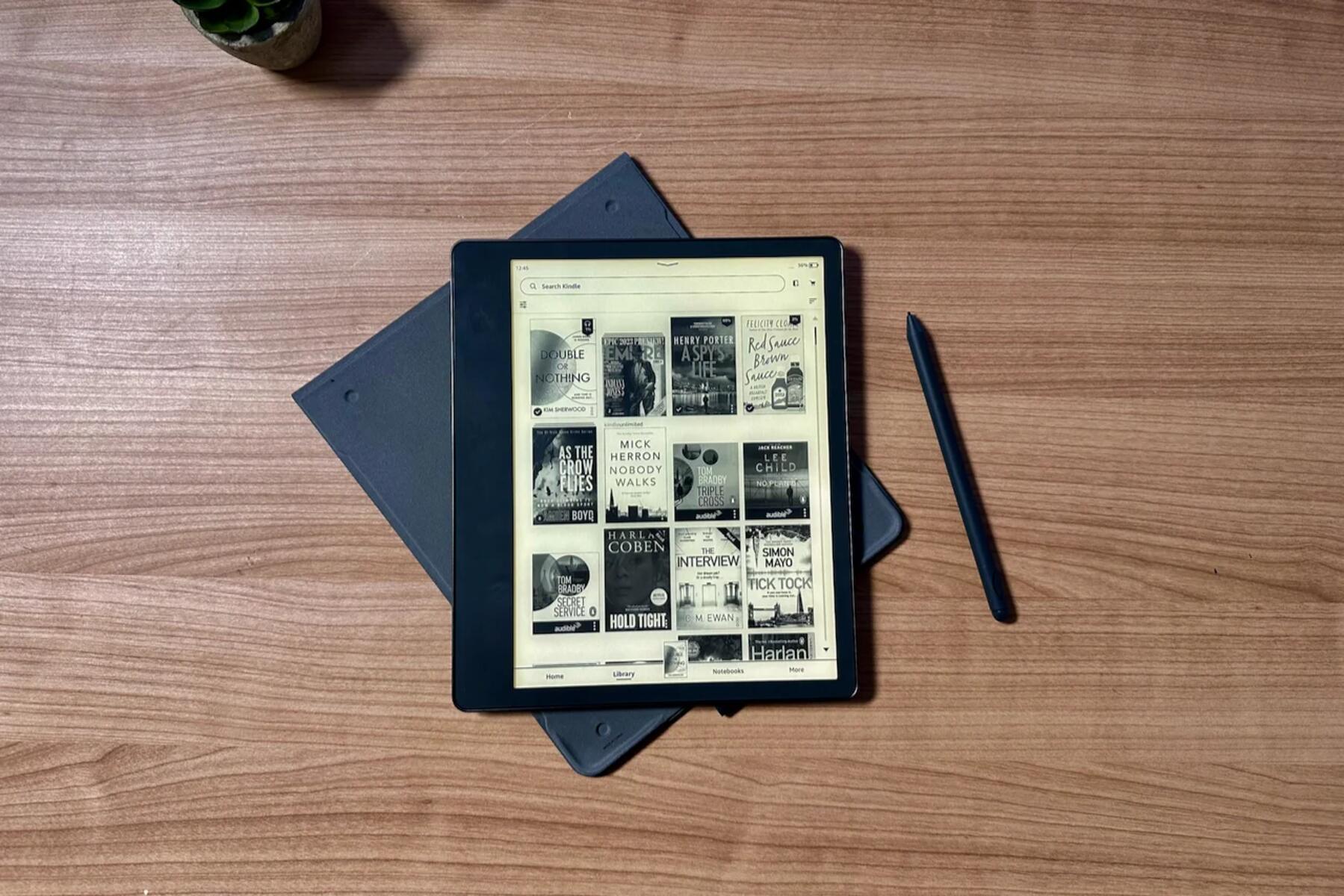Introduction
Welcome to this guide on how to turn off the screen reader on Roku. Roku is a popular streaming device that offers a range of entertainment options for users. One of the features of Roku is the screen reader, which provides an audio description of the actions happening on the screen for people with visual impairments.
A screen reader is an accessibility feature that enables users with visual impairments to navigate through the interface and interact with the device. While it is a valuable tool for those who rely on it, there may be instances where you may want to turn off the screen reader on your Roku device. Whether you prefer a silent navigation experience or you simply don’t need the audio description, disabling the screen reader can be a simple process.
Throughout this guide, we will explain why you may want to turn off the screen reader on Roku and provide you with step-by-step instructions on how to do so. Whether you are a new Roku user or have been using the device for a while, this guide will help you navigate through the settings and disable the screen reader according to your preferences.
Before we dive into the steps, let’s take a closer look at what a screen reader is and why you might consider disabling it on your Roku device.
What is a Screen Reader?
A screen reader is an assistive technology that allows individuals with visual impairments to access and interact with digital content. It is a software application that reads aloud the text on a device’s screen, including menus, buttons, and other interface elements. By providing audio feedback, screen readers enable users to navigate through content and perform various actions without relying on visual cues.
Screen readers utilize a combination of text-to-speech synthesis and other accessibility features to make digital content accessible. They can read aloud text in various formats, including web pages, documents, emails, and even the user interface of devices like Roku streaming players.
For individuals with visual impairments, a screen reader is a vital tool that empowers them to access and enjoy digital content independently. By hearing the spoken descriptions of on-screen actions, they can navigate through menus, select options, and control their devices.
Screen readers are highly customizable, allowing users to adjust the speed, volume, and voice of the audio output. They can also interpret and provide context for visual elements such as images, buttons, and links. This functionality enables individuals with visual impairments to fully interact with digital interfaces and make informed decisions.
While screen readers are designed to enhance accessibility, they may not be necessary or preferred by all users, depending on their specific needs and preferences. Some users may find the audio feedback distracting or unnecessary if they have other assistive technologies or if they have memorized the layout and functionality of their devices.
Now that we have a better understanding of what a screen reader is and how it helps individuals with visual impairments, let’s explore the reasons why you might want to turn off the screen reader on your Roku device.
Why Turn off the Screen Reader on Roku?
While the screen reader on Roku can be a valuable accessibility feature, there are several reasons why you might want to turn it off:
- Familiarity with the Roku interface: If you are a long-time Roku user and have become familiar with the layout and functionality of the menus and options, you may not rely on the screen reader for navigating through the interface. In this case, turning off the screen reader can lead to a more streamlined and efficient navigation experience.
- Preference for a silent navigation experience: Some users may find the audio feedback from the screen reader to be distracting or unnecessary. If you prefer a silent navigation experience while using your Roku device, disabling the screen reader can eliminate any audio interruptions.
- Using other accessibility features: Roku offers other accessibility features, such as closed captioning or audio description, which may provide a more suitable and personalized experience for your needs. By turning off the screen reader, you can utilize these alternative accessibility options to enhance your streaming experience.
- Accessibility needs of other users: If you share your Roku device with other individuals who do not require the screen reader, turning it off can prevent any unintended interruption or confusion that may arise from the audio feedback. By customizing the accessibility settings to suit the specific needs of each user, you can ensure a seamless and tailored experience for everyone.
- Exploring a different interface: If you are trying out a new Roku interface or experimenting with different settings, disabling the screen reader can help you focus on the visual elements and easily navigate through the options without the aid of audio descriptions.
By understanding the reasons why you might want to turn off the screen reader on Roku, you can make an informed decision that aligns with your preferences and accessibility needs. Now, let’s proceed to the next section, where we will provide you with a step-by-step guide to disable the screen reader on your Roku device.
Step-by-Step Guide to Turn off Screen Reader on Roku
Disabling the screen reader on your Roku device is a straightforward process. Follow these steps to turn off the screen reader:
- Select the Home Button: Press the Home button on your Roku remote to navigate to the device’s home screen.
- Go to Settings: Using the arrow keys on your remote, navigate to the left side of the screen and select the “Settings” option. Press the OK button to enter the settings menu.
- Choose Accessibility: In the Settings menu, scroll down and select “Accessibility” to access the accessibility settings.
- Disable the Screen Reader: Within the Accessibility settings, locate the “Screen Reader” option. By default, it is set to “On.” Use the arrow keys to highlight the “Screen Reader” option and press the OK button on your remote to toggle it off.
- Confirm the Changes: A confirmation dialog box will appear on the screen, asking if you want to turn off the screen reader. Select “Turn Off” to confirm your selection.
- Verification: Once the screen reader is turned off, you will notice that the audio descriptions no longer accompany your navigation through the Roku interface. Test out the functionality by moving through different menus and options to ensure that the screen reader is successfully disabled.
Note: The steps mentioned above may vary slightly depending on the model and version of your Roku device. However, the general process remains the same across different Roku devices.
Now that you have successfully disabled the screen reader on your Roku device, you can enjoy a silent navigation experience or explore alternative accessibility features that cater to your specific needs. Feel free to customize other settings as per your preferences to further enhance your Roku streaming experience.
Conclusion
Turning off the screen reader on your Roku device can be a simple process that allows you to customize your streaming experience according to your preferences and accessibility needs. By following the step-by-step guide provided in this article, you can easily disable the screen reader and enjoy a silent navigation experience or explore alternative accessibility features.
We discussed the functionality of a screen reader and its significance in making digital content accessible to individuals with visual impairments. While it is an invaluable tool for many users, there are several reasons why you might want to turn off the screen reader on your Roku device. These reasons include familiarity with the Roku interface, a preference for silent navigation, using other accessibility features, accommodating the needs of other users, and exploring different interfaces.
By understanding these reasons, you can make an informed decision about whether to disable the screen reader on your Roku device. Following the step-by-step guide, you can easily navigate through the settings and turn off the screen reader without any hassle. Remember, the customization options of your Roku device may vary slightly depending on the model and version, but the general process remains the same.
With the screen reader disabled, you can now enjoy a seamless and personalized streaming experience on your Roku device. Don’t hesitate to explore other accessibility options available on Roku to further enhance your experience and make the most out of your entertainment.
We hope this guide has been helpful in assisting you in turning off the screen reader on your Roku device. If you have any questions or encounter any difficulties during the process, refer to the Roku support documentation or reach out to their customer support for further assistance.
Enjoy your streaming experience on Roku!







